How to Reduce and Prevent Puckering in Sewing and Embroidery
Puckering is an unfortunate occurrence that can mar the appearance of your sewing and embroidery projects. It typically manifests as small bumps or ridges that distort the smooth surface of the fabric. While puckering can happen for various reasons, there are effective strategies to minimize and prevent it.
Common Causes of Puckering
-
Fabric Stretching: Fabrics with a tendency to stretch, such as jersey knits or lightweight fabrics, are more prone to puckering. Avoid overstretching the fabric while cutting, handling, or sewing.
-
Inconsistent Thread Tension: Improper thread tension can cause the fabric to bunch up or pucker. Adjust the thread tension on your sewing machine or embroidery machine to match the fabric type and stitch density.
-
Improper Hooping: Proper hooping is crucial for evenly feeding the fabric through the sewing or embroidery machine. Use the correct hoop size for the fabric and ensure it is taut but not overstretched.
-
Inappropriate Stabilizer: Stabilizer provides support to the fabric, preventing it from stretching and puckering. Choose the appropriate type and weight of stabilizer for the fabric and embroidery design.
Strategies to Reduce and Prevent Puckering
-
Pre-wash and Press Fabric: Pre-washing the fabric will help to stabilize it and prevent it from shrinking or stretching during sewing or embroidery. Once washed, press the fabric with a warm iron to remove wrinkles and creases.
-
Use the Correct Needle and Thread: Select a needle and thread appropriate for the fabric type and stitch density. Sharp needles help to pierce the fabric cleanly without causing damage or fraying, while the thread should match the weight and color of the fabric.
-
Adjust Thread Tension: Experiment with different thread tensions until you find the setting that provides a smooth and even stitch without puckering. Adjust the tension slightly for different fabric types and stitch patterns.
-
Use Proper Hooping Technique: Tighten the hoop evenly to prevent the fabric from shifting or bunching up. Use the correct hoop size for the fabric and the embroidery design.
-
Apply Stabilizer Strategically: Use appropriate stabilizer weights to support the fabric without obscuring the embroidery design. Apply stabilizer to areas of the fabric that are prone to stretching or puckering.
-
Use Spray Adhesive: Spray adhesive can help to temporarily adhere the fabric to the stabilizer, preventing it from shifting or wrinkling during sewing or embroidery. Apply the adhesive sparingly and evenly.
-
Slow Down the Speed: Sewing or embroidery at a slower speed can help to ensure that the fabric is properly fed through the machine and that the stitches are laid down smoothly.
Tips for Specific Fabrics
-
For Delicate Fabrics: Use a light-weight stabilizer to provide support without obscuring the fabric’s delicate texture.
-
For Stretchy Fabrics: Choose a medium-weight stabilizer to prevent excessive stretching and puckering.
-
For Thick Fabrics: Use a heavier-weight stabilizer to provide sufficient support and prevent puckering.
Remember, prevention is always better than cure. By following these strategies and paying attention to the proper handling and preparation of your fabric, you can significantly reduce the risk of puckering and achieve professional-looking sewing and embroidery projects.
Machine Embroidery Tips: a way to cut back & forestall Puckering
Embroidery puckering refers to the gathering or bunching of material close to embroidery stitches and happens from the material touring throughout embroidery. Puckering prevents the material from egg laying flat giving it a jolting look. each new embroider experiences puckering of their styles at some purpose. Puckering appearance terrible, is unskilled and are a few things you ought to try to eliminate in your embroidery styles.
There area unit many factors that alone or combined will cause puckering.
Under-Stabilized cloth
The most common reason for puckering is insufficient stabilization, typically not enough or not the right style of stabilizers. The additional elastic your cloth and also the larger and additional dense your embroidery style – the additional stabilization needed. Cut away backings area unit typically additional stable and may be use with knits and different elastic clothes.
Not Hooping properly
To achieve the most effective stabilization of your cloth, you ought to hoop your garment with the tiniest hoop the planning can slot in and ensure you’re hooping your garment properly. you would like to form a educated tympan like surface while not stretching your garment. If you stretch your cloth after you hoop, you’ll freeze the material during a stretched state beneath the stitches. once this is often done your embroidery can look fine whereas still hooped however once faraway from the ring all the material that’s not barred beneath the stitches can relax and cause puckering.
Thread Tensions To Tight
Overly tight thread and spool tension will produce an excessive amount of pull on the stitches inflicting distortion and puckering. On lighter weight and delicate materials, typically victimisation cloth thread, thanks to it’s reduced stretch and lower needed tensions, can manufacture a higher wanting pucker free style.
Poor Digitizing
Great digitizing may be a talent in itself cut loose the talent of mastering embroidery. an expert data converter can produce style during a manner which will take into consideration the material you’re embroidering on and alter to cut back puckering. Poorly digitized styles and styles victimisation Associate in Nursing auto-digitizer will typically sew our poorly despite the rest you are doing.
Tips to stop Puckering
Choose the right Stabilizer
Covered higher than and in different web log posts; ensure you’re matching your stabilizer sort and weight to the task at hand.
Use Spray Adhesive
The light use of temporary cloth adhesives, particularly with slippery and elastic materials, will offer the additional stabilization you wish to stop cloth from moving and shifting throughout embroidery
Hoop clothes
Always properly hoop your clothes victimisation the tiniest hoop attainable. The nearer the edges of your hoop area unit to your style, the additional stabilization your hoop can offer.
Reduce Density
For lighter weight and elastic materials, a lower density deigns typically stitches best. opt for open styles while not massive coverage and full stuffed in areas.
Digitize properly
If you do not have digitizing expertise, rent a esteemed data converter and allow them to recognize the kind of material you’ll be embroidering on. once digitizing, the right use of Associate in Nursing underlay will facilitate stabilize cloth.
Set Correct Thread Tensions
Use thread tension gauges to properly set your machine thread tensions supported the kind of thread you’re victimisation. once creating tension changes, solely build slight changes at a time.
Related Posts
Discover relevant articles, tutorials, and tips to improve your skills and explore new techniques.
Stay inspired and connected to our embroidery community.
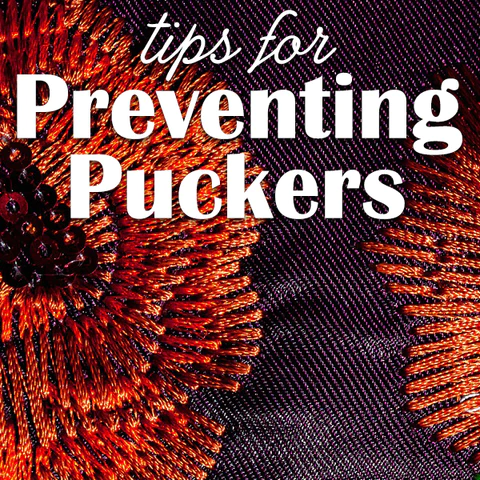

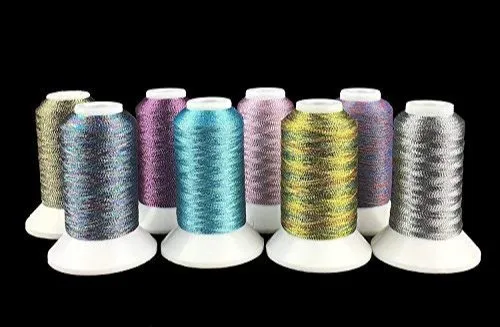

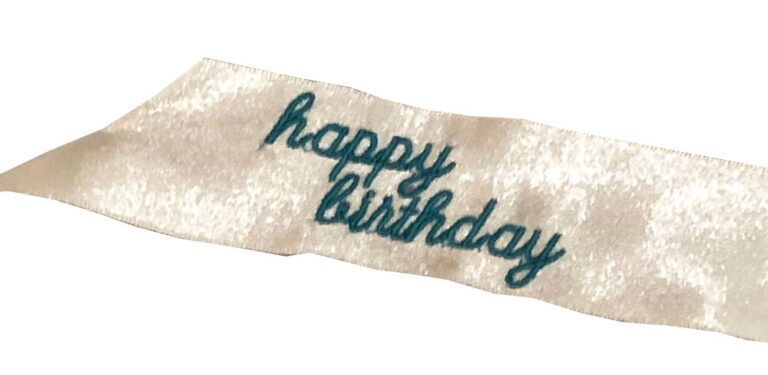
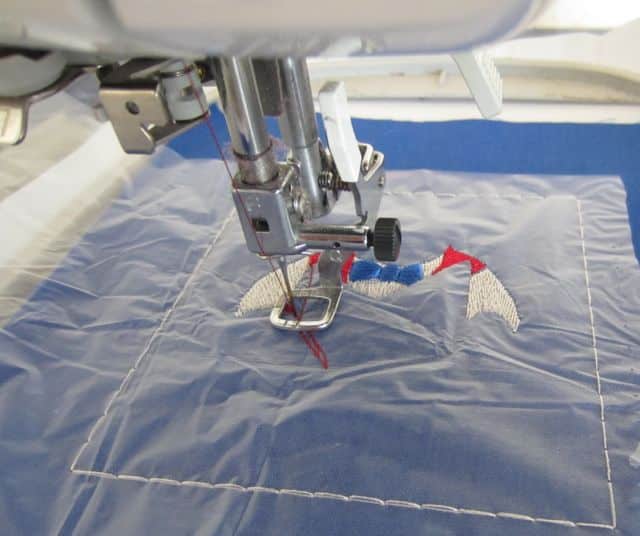
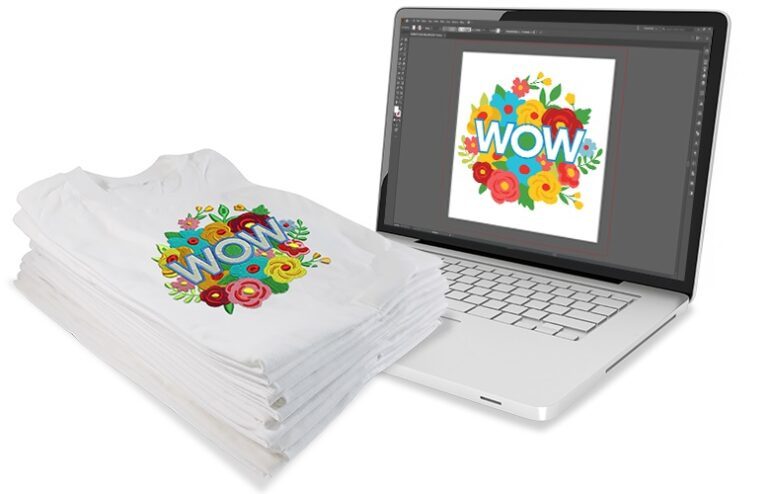
Superb, what a web site it is! This webpage presents valuable information to
us, keep it up.
I like what you guys are up too. Such clever work and coverage!
Keep up the wonderful works guys I’ve you guys to our blogroll.
Good day! This is my first comment here so I just wanted to give
a quick shout out and tell you I truly enjoy reading your
articles.
Thanks on your marvelous posting! I quite enjoyed reading it, you
will be a great author.I will always bookmark your blog and will eventually come back in the foreseeable future.
I want to encourage you to definitely continue your great work,
have a nice evening!
After checking out a few of the blog posts on your site, I really appreciate your technique of writing a blog.
I book marked it to my bookmark site list and will be checking
back in the near future. Take a look at my web site as
well and let me know what you think.